At the start of the twentieth century, Kishinev had more than seventy synagogues and about twenty yeshivot. Unlike many other cities in the Russian Empire, the Jews of Kishinev did not live in a ghetto, except during the dark years of the Holocaust.
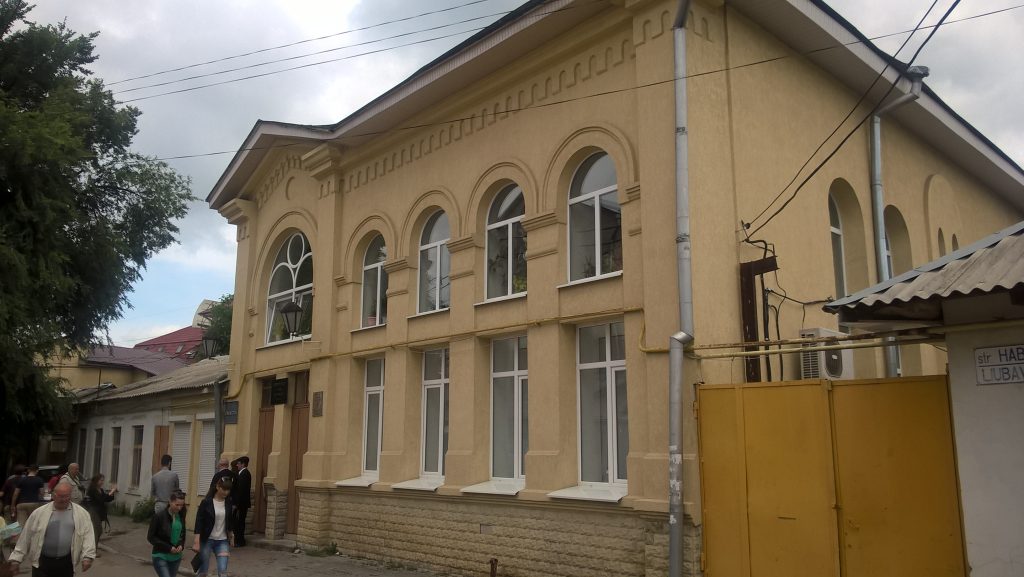
While the working-class suburbs of the lower town concentrated the bulk of the Jewish population, some had also taken up residence in the upper, more bourgeois part, where the majority of the embassies are today. The Moldovan capital therefore does not have a Jewish quarter to speak of, and the many sites you can discover are therefore scattered all over the city center.
You can start your walk in Jewish Chisinau with a discovery of the city’s large market, Piata centrala , a pleasant maze of a thousand flavors where it is possible to taste the products of the surrounding countryside, often sold directly by their producer. Honey, cheeses, dried fruits, wines, it is a pleasant Moldovan gastronomic panorama that you can discover in Piata Centrala. Strengthen your strength by feeding yourself, among the porters and in the shade of the acacias, a few shashliks embellished with kvass, this refreshing wheat-based drink, then head towards the city center, taking Armeneasca Street , the Armenians Street, until the intersection with Columna Street . You will quickly come across the intersection with Chabad Liubavici Street, where Chisinau’s only synagogue is still open permanently at number 8. Built in 1888 by architect T. Ghinger, this synagogue, sometimes referred to by its Yiddish name Gleizer Shil (Glaziers’ Synagogue), is currently run by the Lubavish community, which has a Beith Chabad nearby. Relatively humble on the outside (it was partly destroyed during World War II), its central hall has been very well restored.
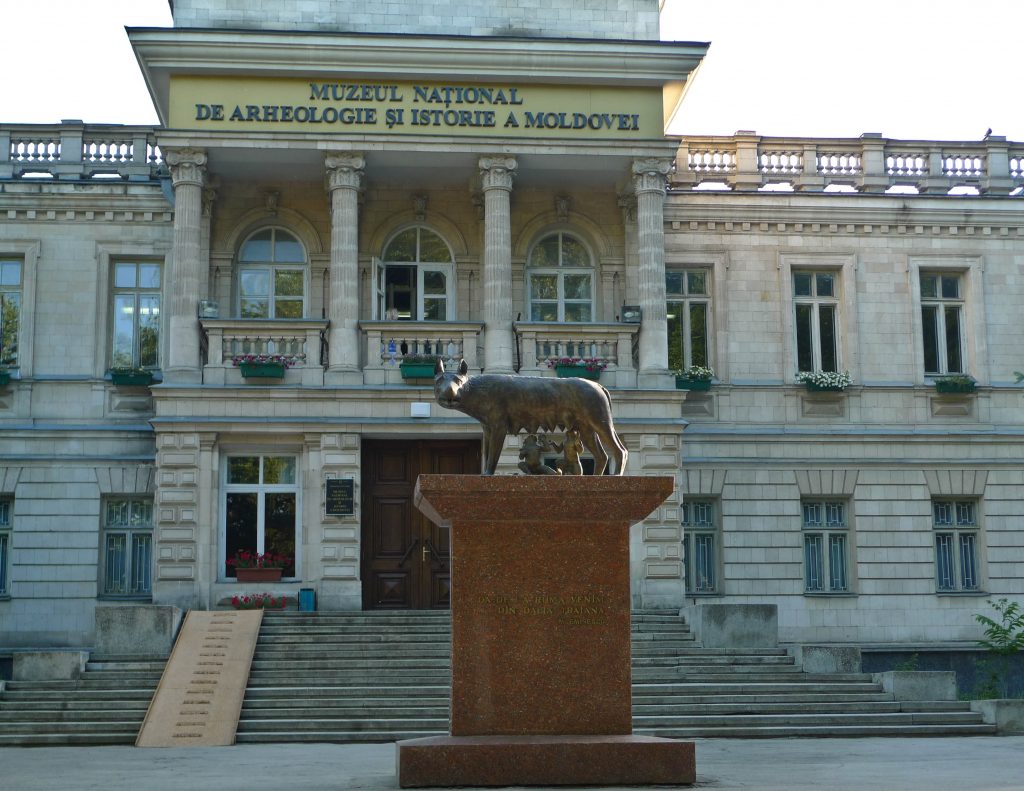
Going up Chabad Liubavici Street, you will arrive on Vasile Alexandri Street, which you will then descend a few steps to find yourself in front of one of the most significant remains of the Jewish history of Bessarabia, those of an impressive yeshivah , whose facade extends over about fifty meters. This was built in 1860 by the city’s Hasidic community – Bessarabia was indeed a major pole of influence for the thought of the Baal Shem Tov school, seeking to counter the growing influence of the Haskalah on the community. Kishinev’s yeshivah was considered one of the most important in the southern part of the Russian Empire and attracted students from Bessarabia as well as Podolia and other areas now in Ukraine. Massive and in relatively good condition, the Chisinau yeshivah was still used as a warehouse for local scrap dealers. Now classified as a historical monument, it is awaiting rehabilitation.
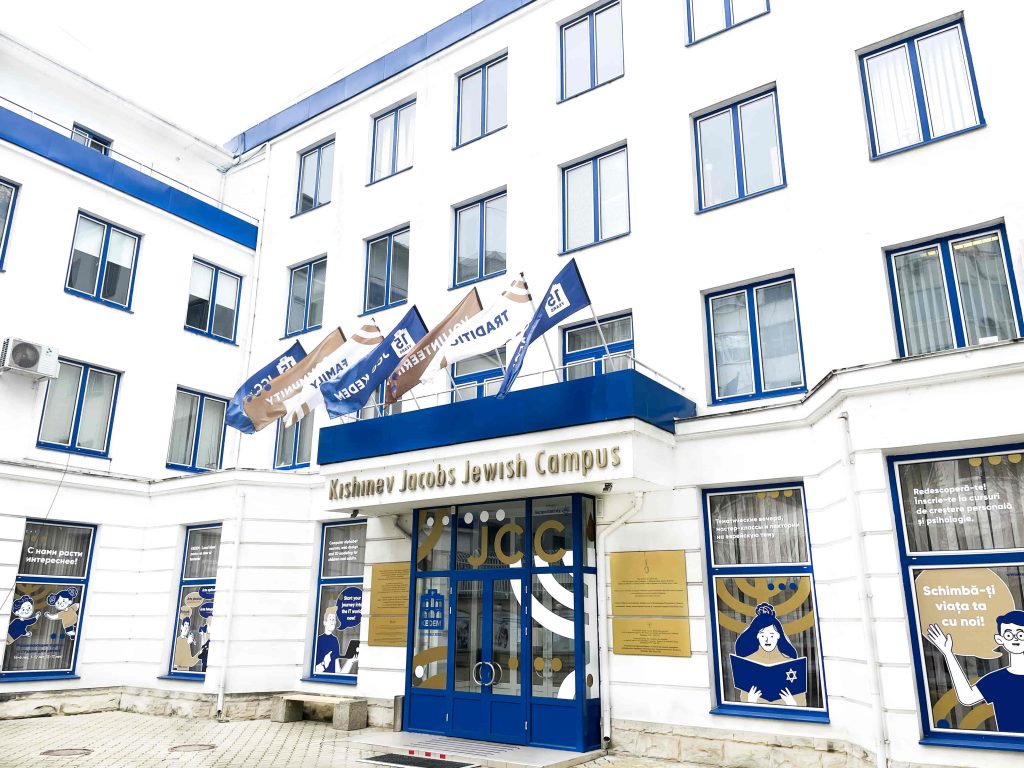
Near the old yeshivah is the Chisinau ghetto, in fact the real ghetto the part of the city in which the Romanian authorities had concentrated the Jewish population during the Second World War, from 1941. A monument to memory of victims of the ghetto was erected in 1993 on Ierusalim Street , in the heart of this district. Contrary to certain cities in Europe in which the ghettos have been the subject of major rehabilitation programs, that of Chisinau, for lack of interest and especially for lack of funds – Moldova has long remained the poorest country Europe – has remained largely intact. As we walk around it, we sometimes find it hard to imagine that decades separate us from old black and white photos seen in the museum or with a distant relative. Discovering Jewish Chisinau is like getting lost and strolling through the cobbled streets of the city center where, less than a century ago, the vast majority of inhabitants were Jews and the backyard lingua franca, Yiddish. Dina Vierny, born in Bessarabia in 1919 and above all famous for having been Maillol’s muse, has collected and performed very beautiful songs from Russian prisoners, the moving melodies of which it almost seems that still resonate here, in the streets of old Kishinev.
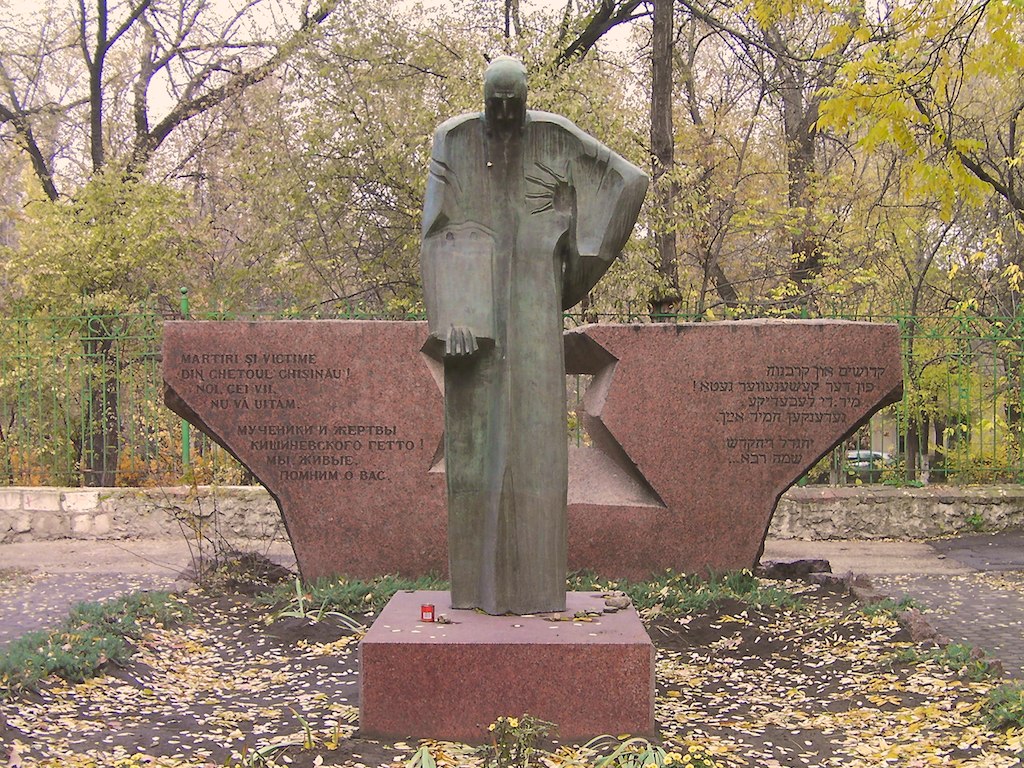
In another register, you can also wander in this district after being impregnated with Geb mir Bessarabia, the famous Yiddish actor and singer Aaron Lebedeff, born in Gomel (current Belarus) in 1873.
Not far from Ierusalem Street, is on Diorditsa Street, the building of the former Lemnaria Synagogue (lumberjack synagogue, a wood market existed not far from the synagogue), an imposing four-storey building built in 1835. Nationalized during the Soviet period, it was returned to the community in 2005, fully rehabilitated, and now houses the Jewish cultural center Kedem , offering many activities. Do not hesitate to go inside and ask for the program; you will surely have the chance to attend a play in Yiddish or a concert of klezmer music. In the basement, the recently reorganized Jewish Museum of Chisinau offers a bright and comprehensive panorama of the Jewish history of Moldova in all its dimensions and is of great interest not to be dedicated solely to the history of the 1903 pogrom and of the Shoah. The cultural center can also be of great help to you if you are looking for family archives, places where your ancestors lived or cemeteries where they would be buried.
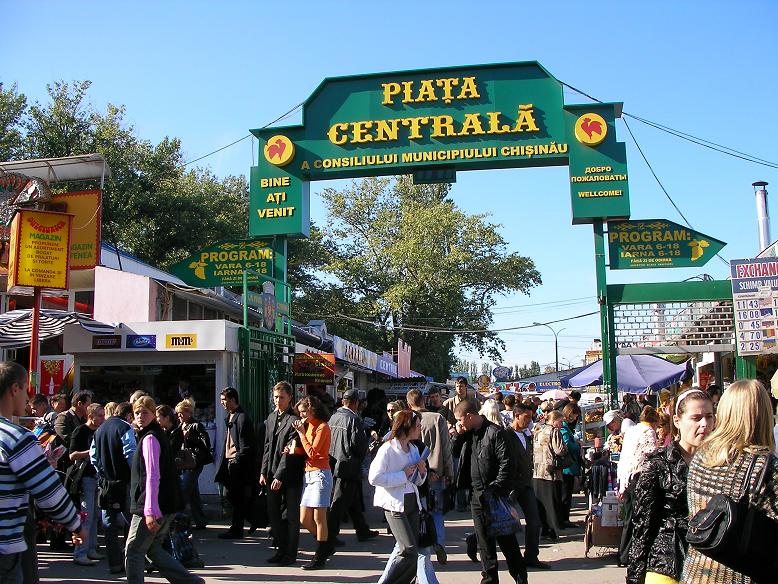
In front of the cultural center, you can visit the Jewish library of Chisinau, with a collection of tens of thousands of works in Yiddish, Russian and Romanian but also in French, English and German, and including the entrance is decorated with a plaque in memory of the Moldovan Yiddish-speaking writer Yechiel Shraibman.
Take some rest in one of the terrace cafes pleasantly located on Diorditsa Street, the city’s only pedestrianized street, and you are full of energy to continue your day. Nearby, at 69 Vlaicu Pircalab Street is the building of an ancient Talmud Torah . Cross the cathedral park towards Alexandru Cel Bun Street, where at number 117 there was a School for young girls from working class families.

Then go up Columna Street, where, at number 150, you will find the buildings of the old Yavne Synagogue and the old Jewish hospital in Chisinau. Built at the beginning of the nineteenth century, it was fully transferred to the Jewish community in 1870 and could then accommodate up to 200 beds. It’s worth going inside and taking a look at this collection of old buildings and its interior garden: the decor has hardly changed.
Go up to the end of Columna Street, then straight on until Calea Iesilor Avenue where you will quickly come across a large park, the Alunelul Parcul . It houses the monument inaugurated in 1993 in memory of the victims of the Chisinau pogrom, buried in the Jewish cemetery which at the time extended to the site of Alunelul Park. Going up Milano Street, you will come to the Jewish cemetery, one of the largest in Europe, measuring around 10 square kilometers. Huge labyrinth of trees, weeds, and gravestones; there are some 24,000 bearing the names of the deceased in Yiddish, Romanian or Russian depending on the date on which they were buried; the Jewish cemetery would house in particular, under a brick building that you can easily distinguish the desecrated Torah scrolls that would have been buried there the day after the pogrom. About a ten-minute walk left from the entrance to the cemetery is the incredible remains of a late-19th-century building in which tahara was practiced and whose heavy, rusty doors still bear the star of David. Save time and energy to visit this place in ruins, whose solemnity has remained intact, and which will be the highlight of your visit.
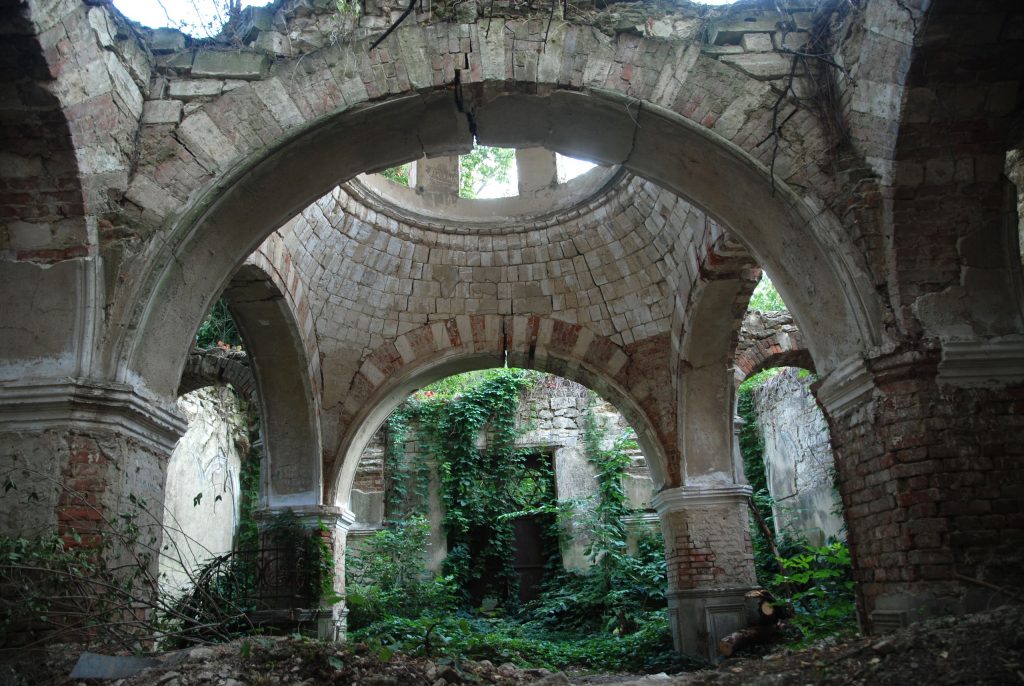
From the cemetery, the easiest way to get back to the city center is to take one of the trolleybuses running Strada Iesilor. Going down to Stefan Cel Mare Park , you can pass the National Museum of Moldovan History , which also has some collections dedicated to the history and life of Bessarabian Judaism. Then take Mihail Kogalniceanu Street until you reach the intersection with Tighina Street, which you will take to the corner with Alexei Sciusev Street . At this crossroads is the building of the old hay synagogue, so named because it was then located, when it was built in 1886, near a cattle market.
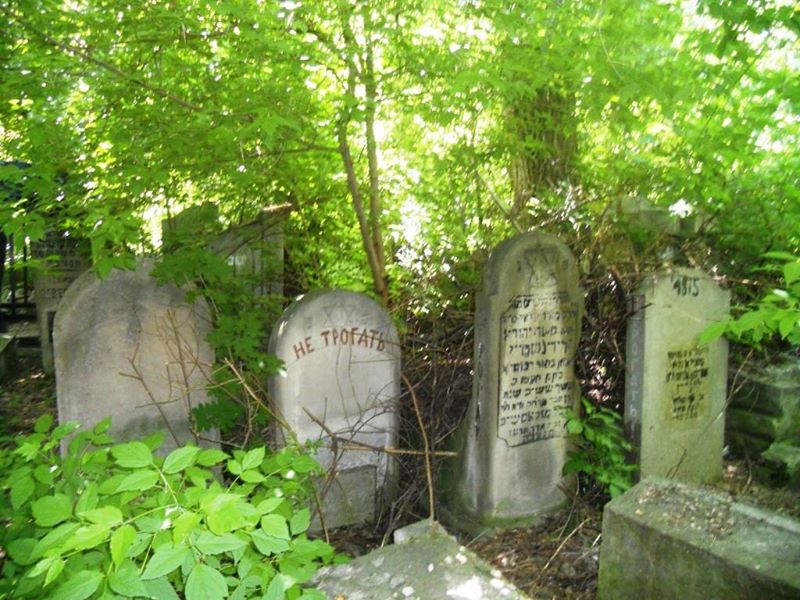
To end this busy day, you can spend the evening at the Forshmak restaurant , located near Negruzzi Square, not far from the train station and the church from which the 1903 pogrom was initiated. The Forshmak restaurant, although not kosher, offers many dishes of Jewish inspiration from the region, starting with the forshmak itself, herring cream, whose original recipe comes from Odessa but which seems to have been followed. in Bessarabia. If you want to enjoy authentic Moldovan cuisine, you will find what you are looking for in one of the many quality restaurants located around Stefan Cel Mare Park.